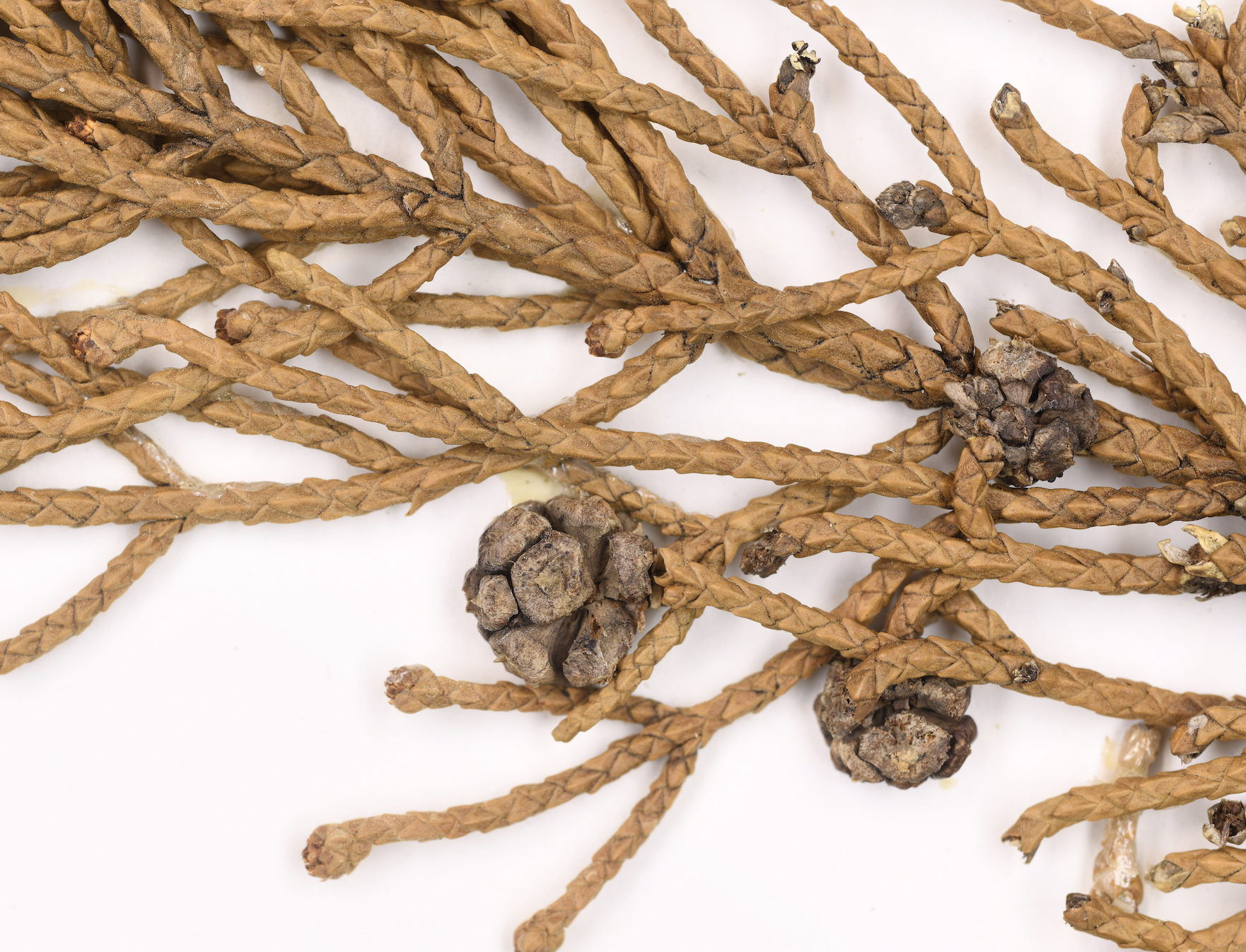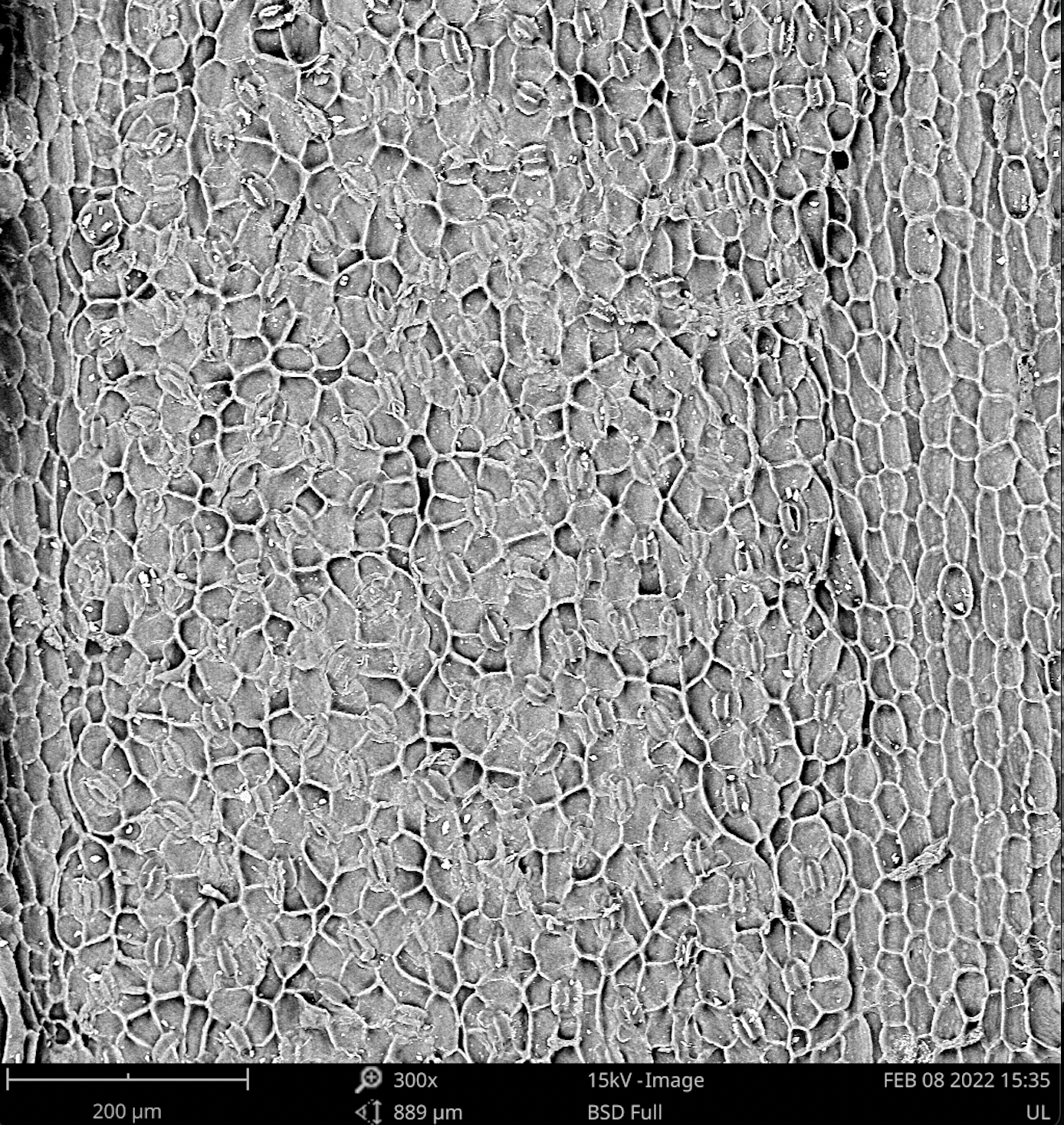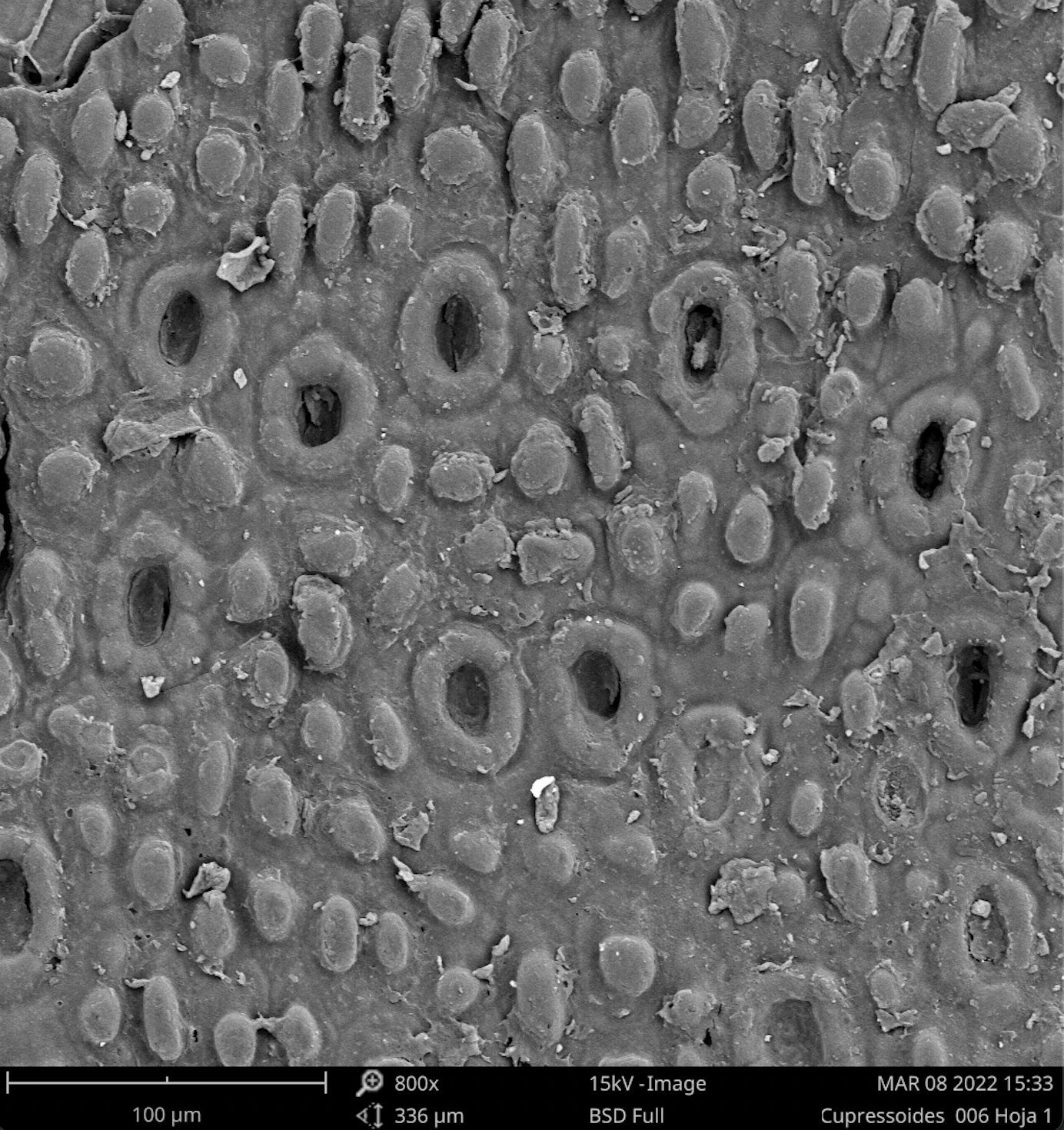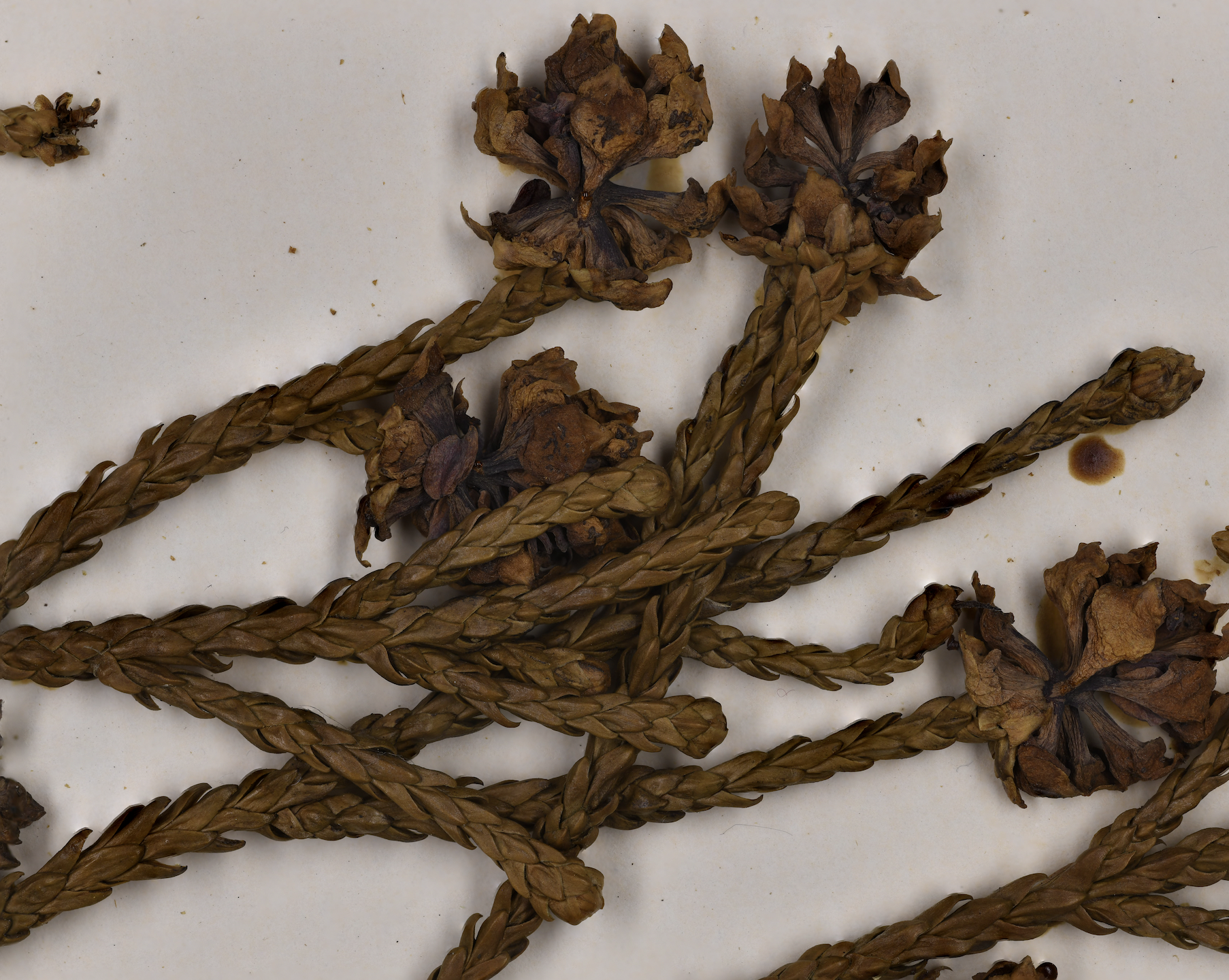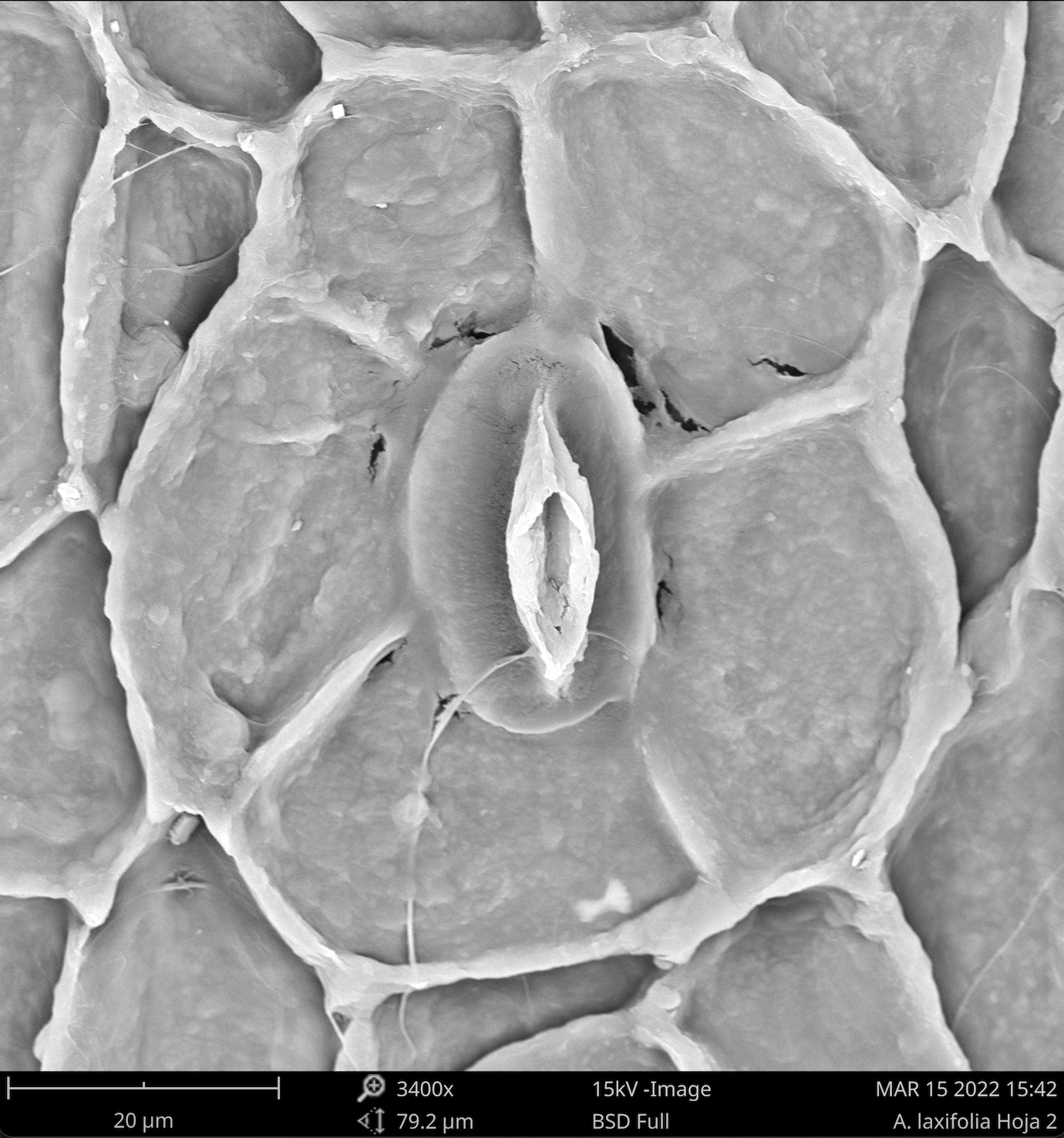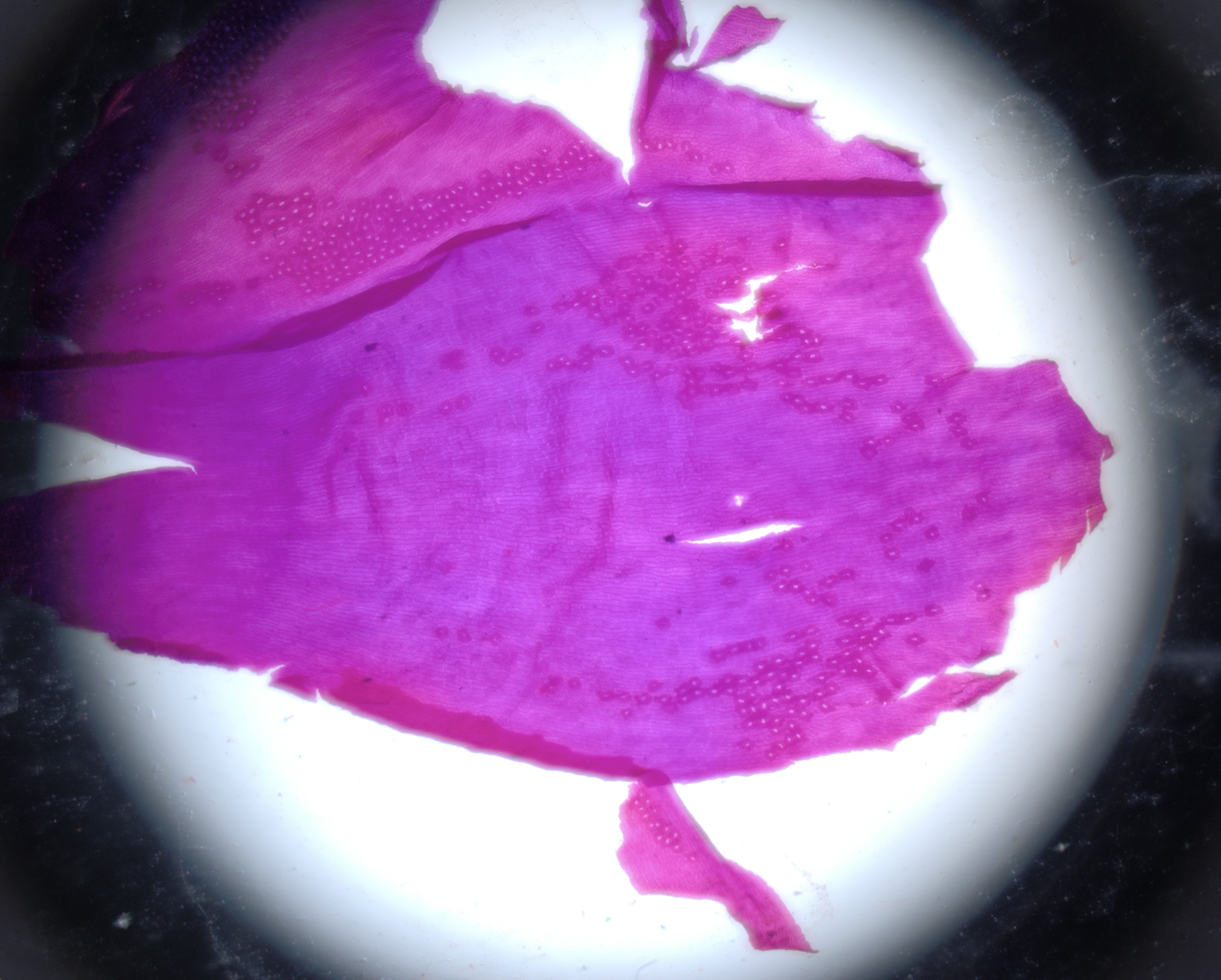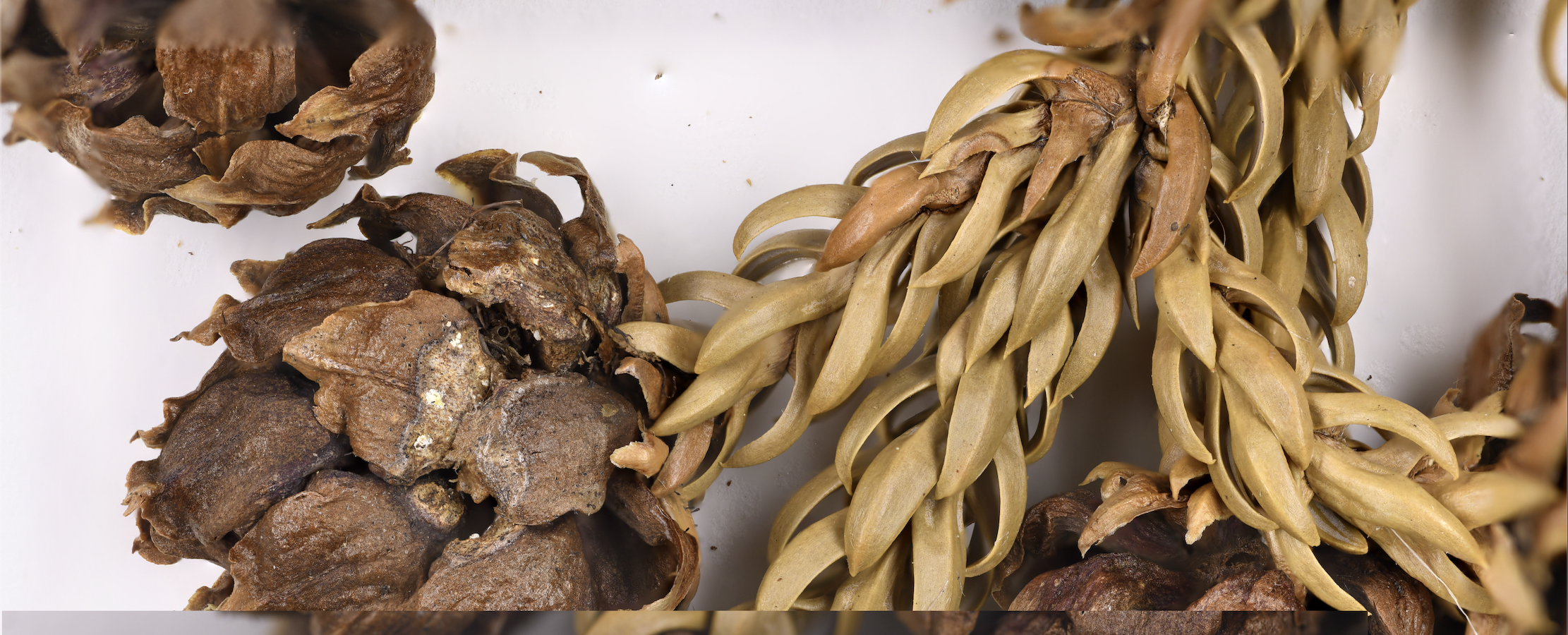
Cuticular Morphology of Genus Athrotaxis.
Absract
Epidermal morphology of the subfamily Athrotaxoideae (Cupressaceae)
Cesar Galan1,2, Ana Andruchow-Colombo1, María A. Gandolfo1
1 LH Bailey Hortorium, Plant Biology Section, School of Integrative Plant Science, Cornell University, NY 14853, USA.
Cupressaceae, a cosmopolitan conifer family comprising seven subfamilies, is the third most diverse clade of conifers. The subfamily Athrotaxoideae is an early divergent lineage of Cupressaceae that contains the extant genus Athrotaxis and three extant species (A. selaginoides, A. laxifolia, and A. cupressoides) restricted to Tasmania. Its fossil record has worldwide distribution and has been identified since the Jurassic. A significant portion of the fossil evidence referred to the Athrotaxoideae is based on cuticular remains, particularly from the Cenozoic of the Southern Hemisphere. However, there is a lack of knowledge regarding the cuticular morphology of the extant members of the group, complicating the assessment of affinities of related fossil species. In this context, recognizing key cuticular features in extant species is fundamental to better understand, identify, and interpret the richness and diversity of the Athrotaxoideae fossil record. Our objectives are to describe in detail the epidermal morphology of all extant species of Athrotaxis and detect, if possible, cuticular characters that can be used to differentiate extant and fossil species in the group. Herbarium samples were gathered from all species of Athrotaxis and rehydrated with distilled water. Standard protocol for angiosperm cuticle extraction was employed with modifications on the used concentrations of ethanol, hydrogen peroxide, and ammonia. Samples were then either mounted on stubs and sputter coated for scanning electron microscopy (SEM), or alternatively stained with crystal violet for optical microscopy observation. We identify several characters that are distinct from species to species; among these are the shape of the stomatal apparatuses, the number of subsidiary cells per stoma, the presence of papillae, and the presence of recurved lateral wings at the external edges of guard cells. The shape and outline of the stomatal apparatus is found to be irregular in A. selaginoides, uniformly circular in A. cupressoides, and intermediate in A. laxifolia. The number of subsidiary cells per stomatal apparatus is similar in A. cupressoides and A. laxifolia, and lower in A. selaginoides. Papillae are abundant in A. cupressoides, but are absent in the other two species. Lastly, recurved lateral wings of the guard cells are found in A. laxifolia and A. selaginoides but absent in A. cupressoides. Some genetic studies suggest that the genus comprises only 2 species, A. cupressoides and A. selaginoides, and that A. laxifolia would be a hybrid of the other two. We identify cuticular characters that could potentially add evidence to this hypothesis, as they show A. laxifolia have an intermediate epidermal morphology between the other two species.
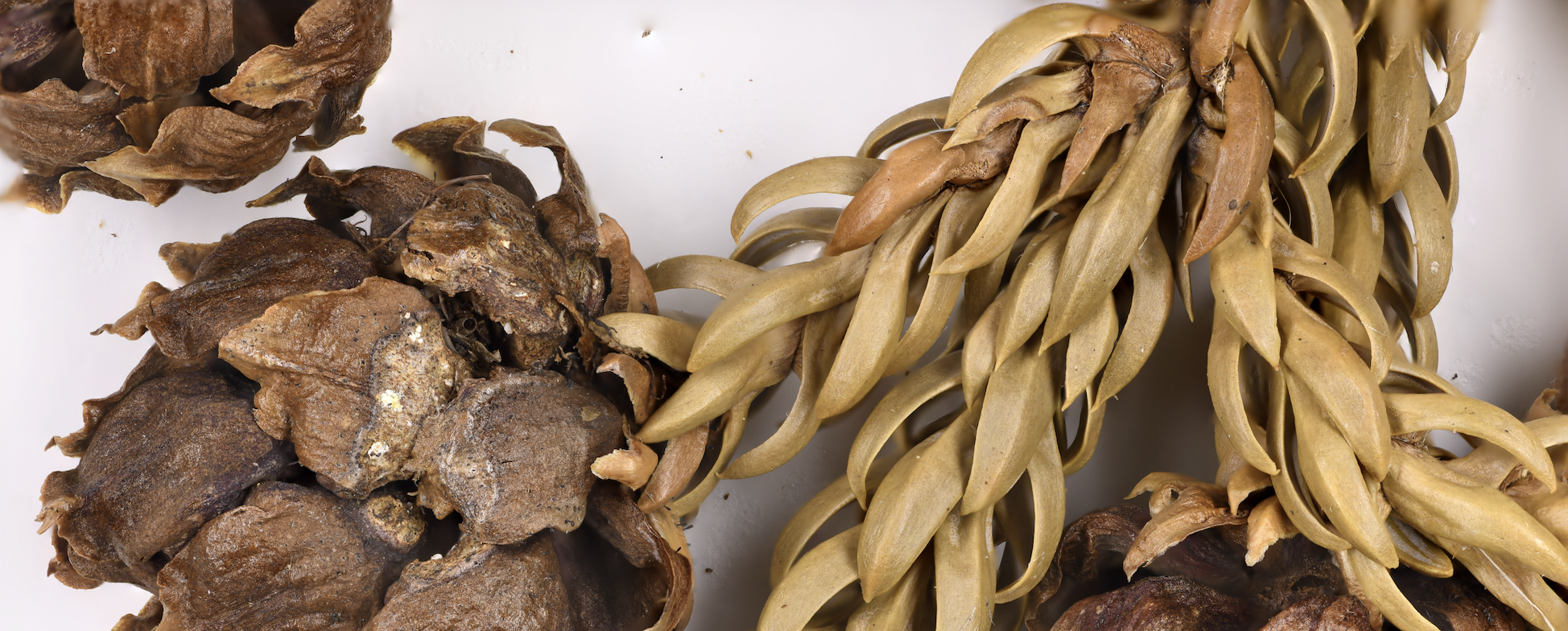
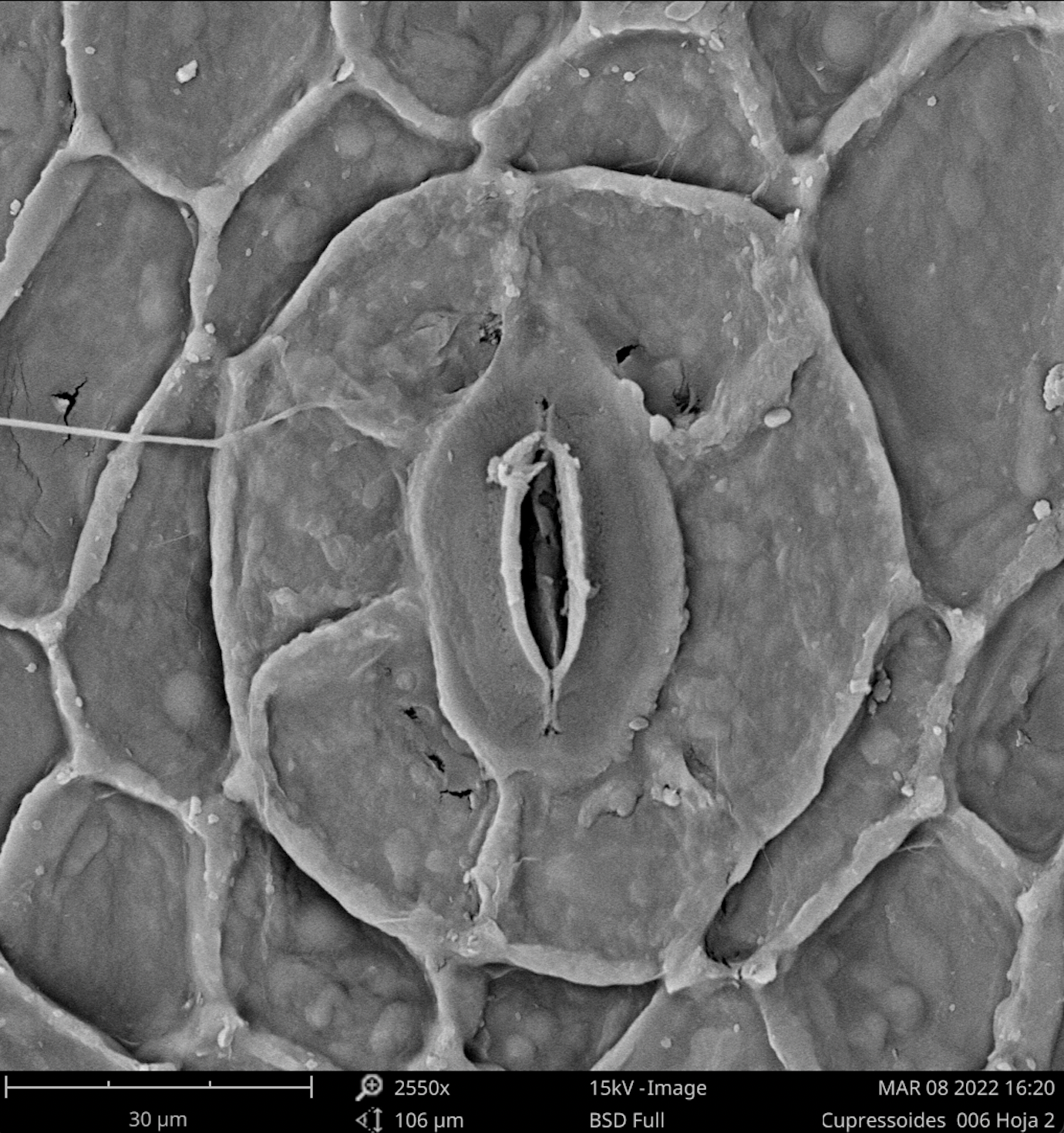
Stomatal appratus of A. cuppressoides
